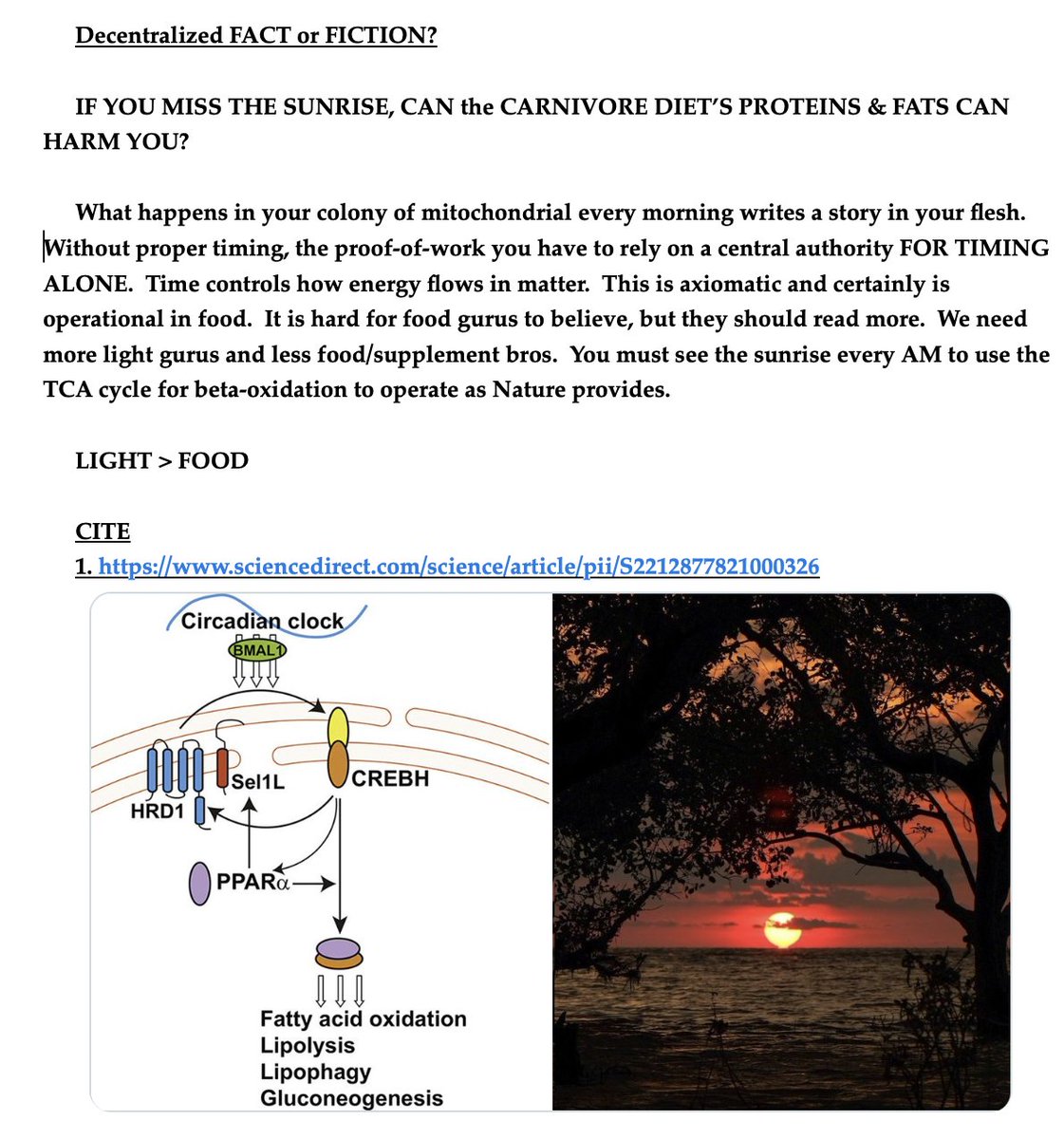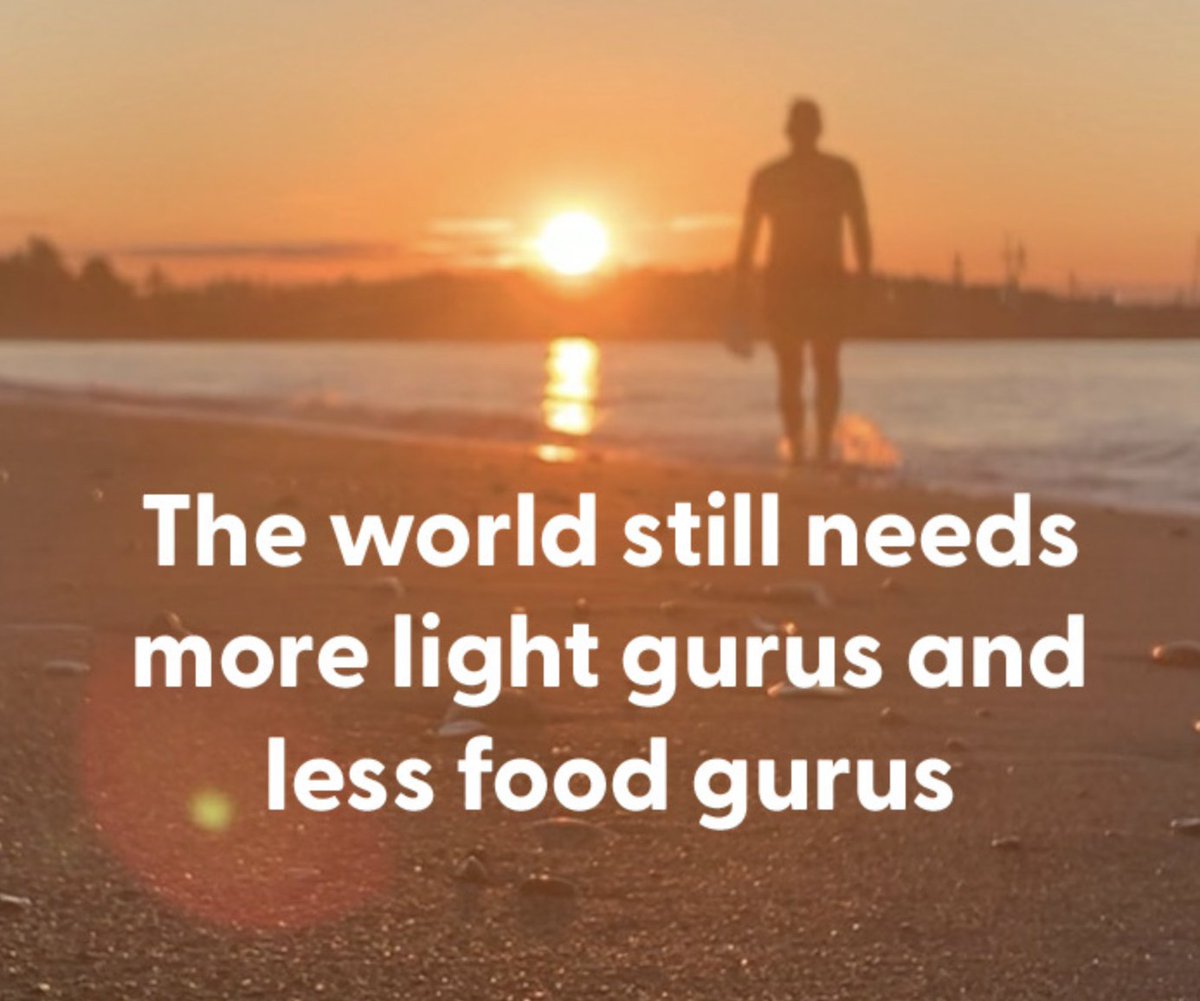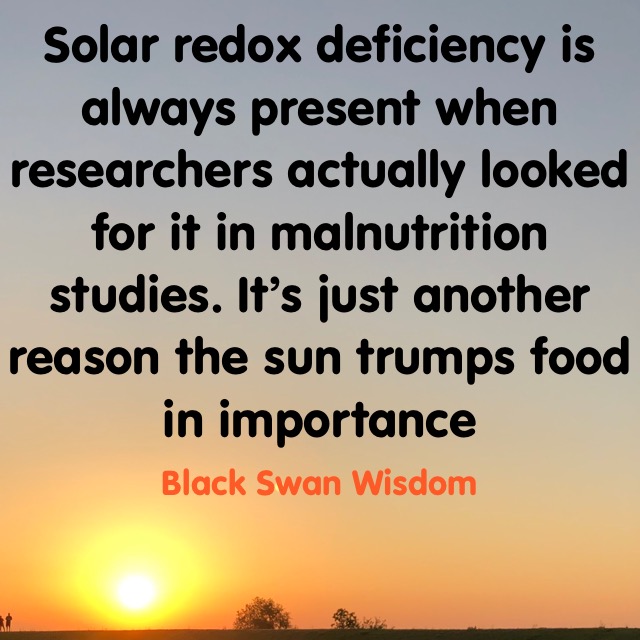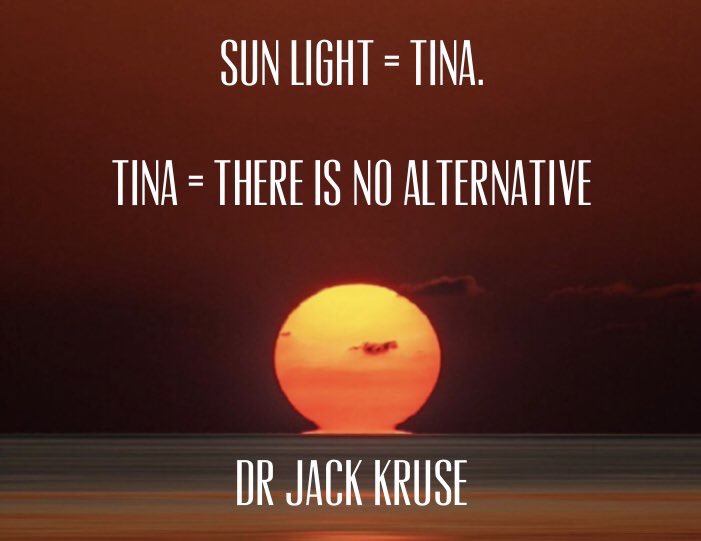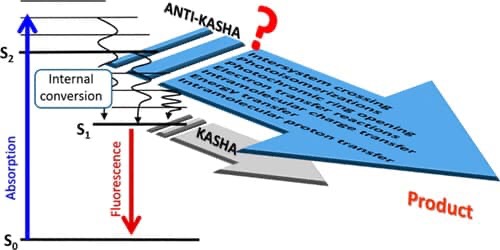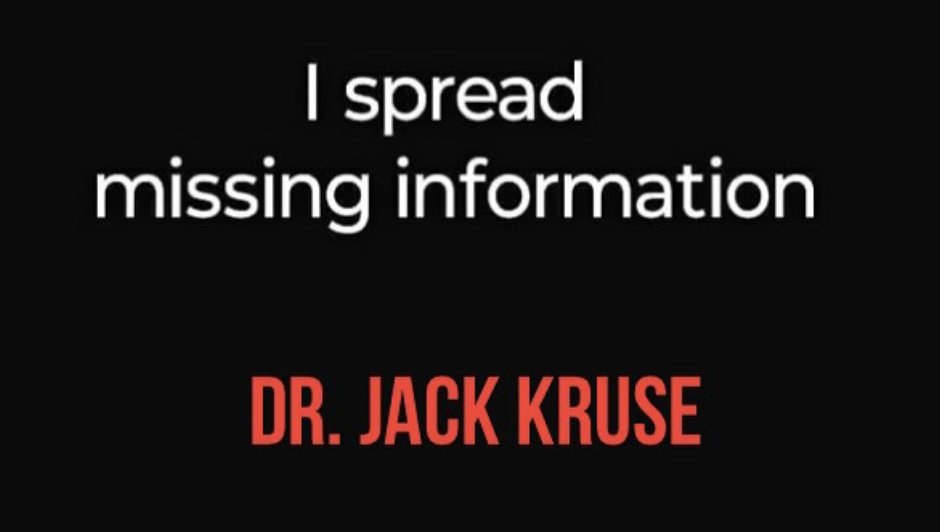1. A lesson in quantum biology.........Note the linkage to the VDR and POMc (melanin). Everything links back to the absorption spectra of the biochemical that works on POMc. That target is 220 nm light. Where does that VUV light come from? @hubermanlab 



2. People forget that melanin in our skin helps facilitates the collection of UVB light to convert cholesterol esters that will become 25 di hydroxy Vitamin D in your skin. 

3. Most but not all actions of 1,25(OH)2D are mediated by the vitamin D receptor (VDR). You need to understand that the VDR is linked to free retinol in the system is means melanin biology in mammals is destroyed because of things cleaved in POMC. 

4. With melanopsin destruction, you get free Vitamin A from the broken weak covalent bond, & that free Vitamin A destroys photoreceptors. VDR is one of the photoreceptors destroyed. 

5. VDR is a transcription factor that partners with other transcription factors such as retinoid X receptor (Vitamin A) that when bound to 1,25(OH)2D regulates gene transcription either positively or negatively depending on other cofactors to which it binds or interacts. 

6. ^^^^the tweet above is only true if your skin has enough melanin to regulate them. If the melanin is missing you have NO regulation. All melanin comes from POMC! 

7. Without enough melanin in the integument, that reaction becomes inefficient. This is going on in medical clinic patients every day and none of the centralized clinicians are realizing it because they do not understand how POMC works in mammals. 

8. You do not need to take magnesium supplementation for Vitamin D deficiency UNLESS you have such a UV deficiency that you get rickets. Rickets is a sign of a loss of ferroelectricity in the musculoskeletal system. 

9. This PEER-reviewed paper now shows Vitamin D supplements still "work" even if you're not taking magnesium supplements. The key point in the paper: Vitamin D from sunlight is still the best source of Vitamin D, and supplemental pills are not. 

10. Magnesium (Mg) is a cofactor for many of our endogenous WBG semiconductors to create endogenous VUV-IR-A. 



11. Mg WBG is also critical for the critical efficiency of enzymes, via proton tunneling, and many of these enzymes are involved in the conversion of cholecalciferol into 1,25-(OH)2-vitamin D3 (active vitamin. pubmed.ncbi.nlm.nih.gov/29480918/
12. The production of 1,25(OH)2D in the kidney is tightly controlled, stimulated PTH, and inhibited by calcium, phosphate & FGF23. These change the VUV light emission in cells from WBG semicinductors
13. Extrarenal production of 1,25(OH)2D as in keratinocytes and macrophages is under different control, being stimulated primarily by cytokines such as tumor necrosis factor alfa TNFα and interferon-gamma =IFNg = POMC pieces fit 



• • •
Missing some Tweet in this thread? You can try to
force a refresh



